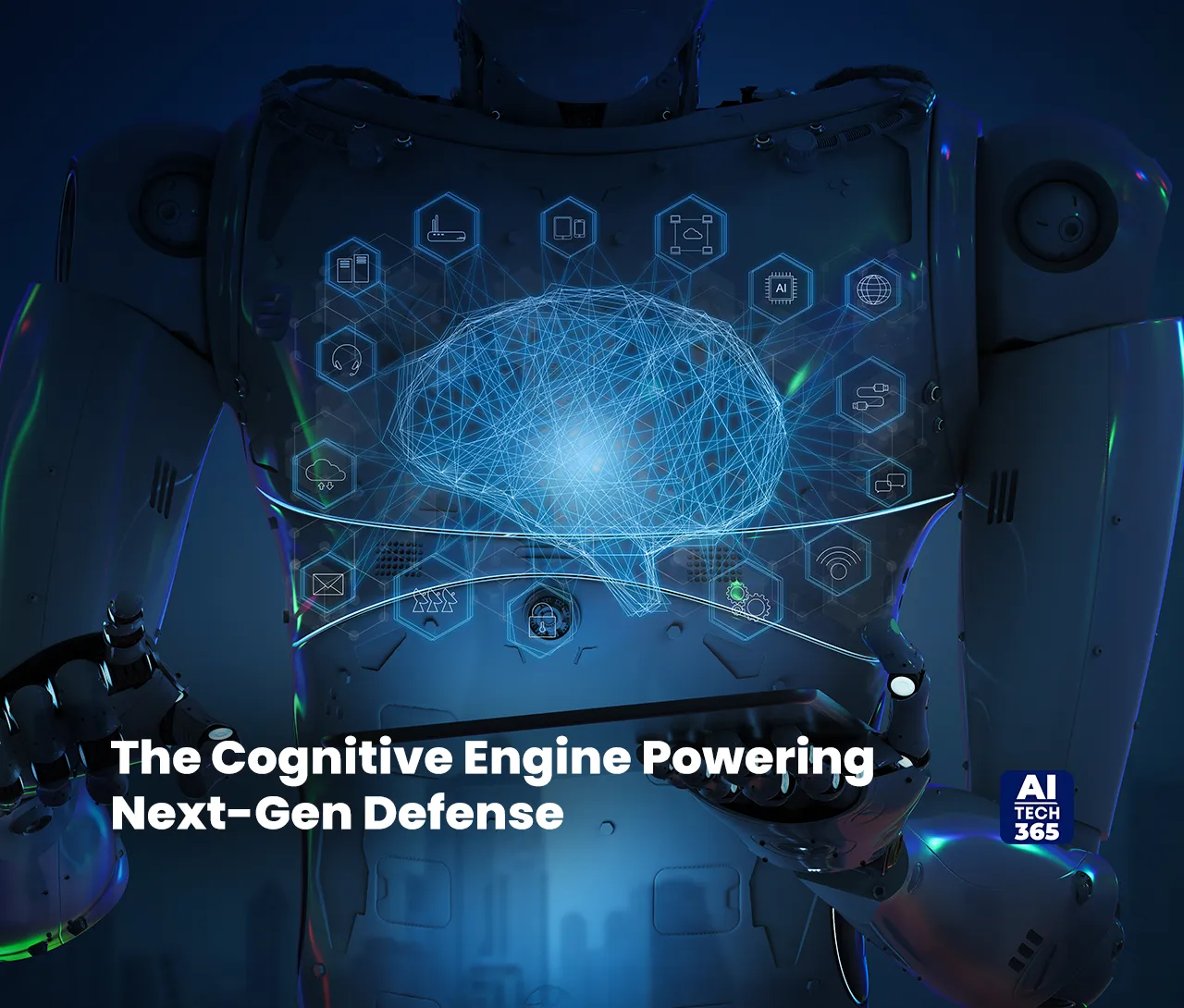Your mobile ecosystem isn’t just another attack surface, it’s the new cyber battleground where enterprise integrity is won or lost. As technology leaders confront weaponized AI and state-sponsored threats, traditional mobile security crumbles against polymorphic malware that rewrites itself hourly and fileless attacks living entirely in memory. The evidence is alarming: recent industry analysis reveals triple-digit growth in mobile zero-days targeting financial and healthcare applications, while phishing campaigns now leverage deepfake audio to bypass voice authentication. Kaspersky reported a 53% year-over-year increase in mobile malware in 2023, with a notable rise in zero-day exploits targeting critical sectors like finance and healthcare. Phishing campaigns have evolved as well. IBM found that deepfake-driven voice phishing (vishing) increased by 260% between 2022 and 2023, enabling attackers to bypass voice authentication systems with alarming accuracy.
This existential challenge demands a paradigm shift, AI-native Mobile Threat Defense (MTD) built not as a feature, but as an architectural philosophy. Platforms like Appdome embed neural networks into their core infrastructure, creating self-evolving shields that detect novel threats before execution. Forget delayed pattern updates; this is real-time cyber warfare conducted at processor speed.
The Anatomy of Modern Mobile Threats
Consider the sophisticated attack chain that recently compromised a healthcare provider: A seemingly legitimate patient portal app downloaded from an official marketplace contained obfuscated malware. For weeks, it operated normally while mapping network traffic patterns. When clinicians accessed electronic health records during peak hours, the malware injected spyware into authenticated sessions, exfiltrating protected health information through encrypted DNS tunnels disguised as routine analytics traffic.
Legacy defenses failed because they relied on historical attack signatures and analyzed app components in isolation. They lacked contextual awareness of how legitimate processes were being weaponized in real-time across the device environment. According to the Verizon 2024 Mobile Security Index, 53% of companies surveyed have suffered a mobile compromise, up from fewer than 30% in 2018.
The Cognitive Engine Powering Next-Gen Defense
Deep learning architectures solve this through multi-layered processing that mimics human intuition. Unlike rules requiring explicit programming, neural networks establish dynamic behavioral baselines for every device through continuous observation. They monitor thousands of micro-interactions: how applications request permissions, allocate memory resources, access sensitive APIs, and communicate with external servers.
Consider Appdome’s implementation: When a banking application suddenly begins reading SMS messages after a routine update, despite lacking legitimate business purpose, the neural net recognizes this subtle deviation. This contextual awareness proved critical in detecting stalkerware disguised as parental control software, where malicious behavior emerged only during specific hours when victims were isolated.
Real-Time Threat Chain Reconstruction
Advanced attacks unfold in carefully orchestrated sequences. A compromised advertising SDK might download an encrypted payload that disables biometric authentication before establishing a command-and-control channel. Neural networks correlate these events into coherent attack narratives by analyzing relationships between processes.
Platforms leveraging convolutional neural networks (CNNs) scrutinize app binaries for malicious patterns while recurrent neural networks (RNNs) monitor temporal behaviors like network call sequences. This dual approach recently identified a state-sponsored surveillance campaign by recognizing abnormal screen-recording patterns that coincided with executives accessing board meeting calendars, a correlation invisible to rules-based systems. MITRE ATT&CK Mobile Matrix highlights over 100 documented techniques now in use by advanced persistent threat (APT) groups across mobile environments, many of which blend multiple behavioral triggers.
Adaptive Defense Through Adversarial Training
When hackers deploy AI-generated polymorphic code that alters its signature with each installation, neural networks counter with generative adversarial training. Security teams simulate never-before-seen attack strategies, memory-resident rootkits, AI-powered phishing lures, and supply chain compromises, to continuously evolve the model. This creates an organic defense system that grows more resilient with each attack attempt.
Appdome’s implementation incorporates federated learning, allowing threat intelligence to aggregate anonymously across millions of devices. When novel attack patterns emerge in one geographic region, defensive adaptations propagate globally within hours rather than months, creating what industry experts call ‘collective immunity.’
Operational Impact Beyond Threat Prevention
For technology leaders, neural network MTD delivers transformative advantages:
Automated Response at Enterprise Scale
Upon detecting credential-stealing applications or ransomware, systems execute granular containment: revoking permissions, quarantining processes, or forcing application reinstalls. A multinational logistics provider automated remediation for over eighty percent of mobile incidents, reducing mean-time-to-response from hours to seconds while freeing security teams to focus on advanced threats.
Resource Optimization Through Edge Intelligence
By processing ninety percent of telemetry locally through lightweight neural networks, organizations reduce cloud analysis costs significantly while eliminating bandwidth bottlenecks. This edge computing capability maintains protection continuity for field personnel operating in low-connectivity environments, a critical advantage for energy and transportation sectors.
Compliance by Observable Design
Every detection generates auditable behavioral evidence chains, demonstrating due diligence for regulations like GDPR and HIPAA. During recent audits, financial institutions used Appdome’s forensic timelines to prove unauthorized data access attempts were immediately neutralized, turning compliance from a cost center into a demonstrable security advantage.
Also Read: Hacking the Hackers: How GenAI is Predicting and Preventing Cyber Attacks
Implementation Imperatives for Technology Leaders
Deploying neural network MTD requires strategic consideration:
Demand Architectural Transparency
Reject ‘black box’ solutions where detection logic remains opaque. Insist on platforms that visualize threat decision pathways, showing precisely which behavioral sequences triggered alerts. This explainability builds SOC trust and accelerates incident response while meeting regulatory requirements for algorithmic accountability.
Validate Real-World Performance
Test solutions under operational stress: low-bandwidth environments, legacy devices, and high-application-usage scenarios. Effective MTD must operate without degrading battery life or application performance, particularly for healthcare devices running continuous patient monitoring.
Integrate Proactively Across Ecosystems
Neural MTD shouldn’t operate in isolation. Ensure API integration with EDR, SIEM, and IAM systems. When detecting a compromised device attempting Azure AD access, the system should automatically enforce conditional access policies while alerting security teams through existing workflows.
The Adaptive Security Imperative
As generative AI arms attackers with tools to craft hyper-personalized phishing or mimic legitimate application behavior, static defenses approach obsolescence. The recent emergence of ‘deepfake ransomware,’ using synthetic voices to authorize fraudulent transactions, demonstrates how threat innovation outpaces traditional security.
Neural network-based MTD represents more than technological evolution; it enables strategic business outcomes. Healthcare providers securely adopt telehealth platforms without compromising patient privacy. Financial institutions deploy customer-facing mobile features without fear of account takeover. Manufacturers connect field technicians through BYOD programs that attract talent without expanding attack surfaces.
Conclusion
Mobile devices have transformed from communication tools into extensions of corporate infrastructure, and threat actors know it. What begins as a compromised smartphone often becomes the entry point for enterprise-wide breaches.
Platforms like Appdome demonstrate that neural networks aren’t merely detectors but predictive sentinels. By analyzing threat chains in real-time, adapting to novel attack patterns, and automating response, they transform mobile devices from vulnerabilities into intelligent defense nodes.
For technology leaders, this transcends cybersecurity. It preserves customer trust in mobile banking applications. It safeguards intellectual property during executive travel. Most crucially, it protects brand reputation painstakingly built over decades from being shattered by a single undetected mobile compromise.
The question isn’t whether organizations can afford AI-native mobile defense, but whether they can survive without it. In the escalating arms race between attackers and enterprises, deep learning provides the decisive advantage: A self-hardening shield that lets innovation flourish without compromise.




